For those who have a deep passion for flower arranging and design, the Lisianthus flower is truly a remarkable find. Its delicate petals and sophisticated beauty make it a must-have for any floral enthusiast. This article will delve into the world of Lisianthus flowers, exploring their use in arrangements, providing tips on how to care for them, and even offering guidance on how to grow these stunning flowers from seeds in your own garden. With their versatile nature and irresistible charm, it’s no surprise that Lisianthus flowers have captured the hearts of people all around the globe.
Lisianthus flowers are also known by various other names such as Prairie Gentian, Texas Bluebell, and Tulip Gentian. When it comes to creating impressive flower arrangements and designs, the Lisianthus flower is a popular choice due to its grace and allure. There are two main types of Lisianthus as cut-flowers: single-flowered and double-flowered (filled). These flowers can vary in size, ranging from small to large. Regardless of the time of year, it typically takes about ten to twelve weeks from cutting to bloom. Recently, new varieties of Lisianthus with extra-large, full flowers and an abundance of petals have emerged. Additionally, there is a growing trend towards more natural-looking varieties, giving these flowers a freshly-picked appearance. Their long-lasting blooms and elegant presence make them a preferred choice among professional florists as well as DIY arrangers.
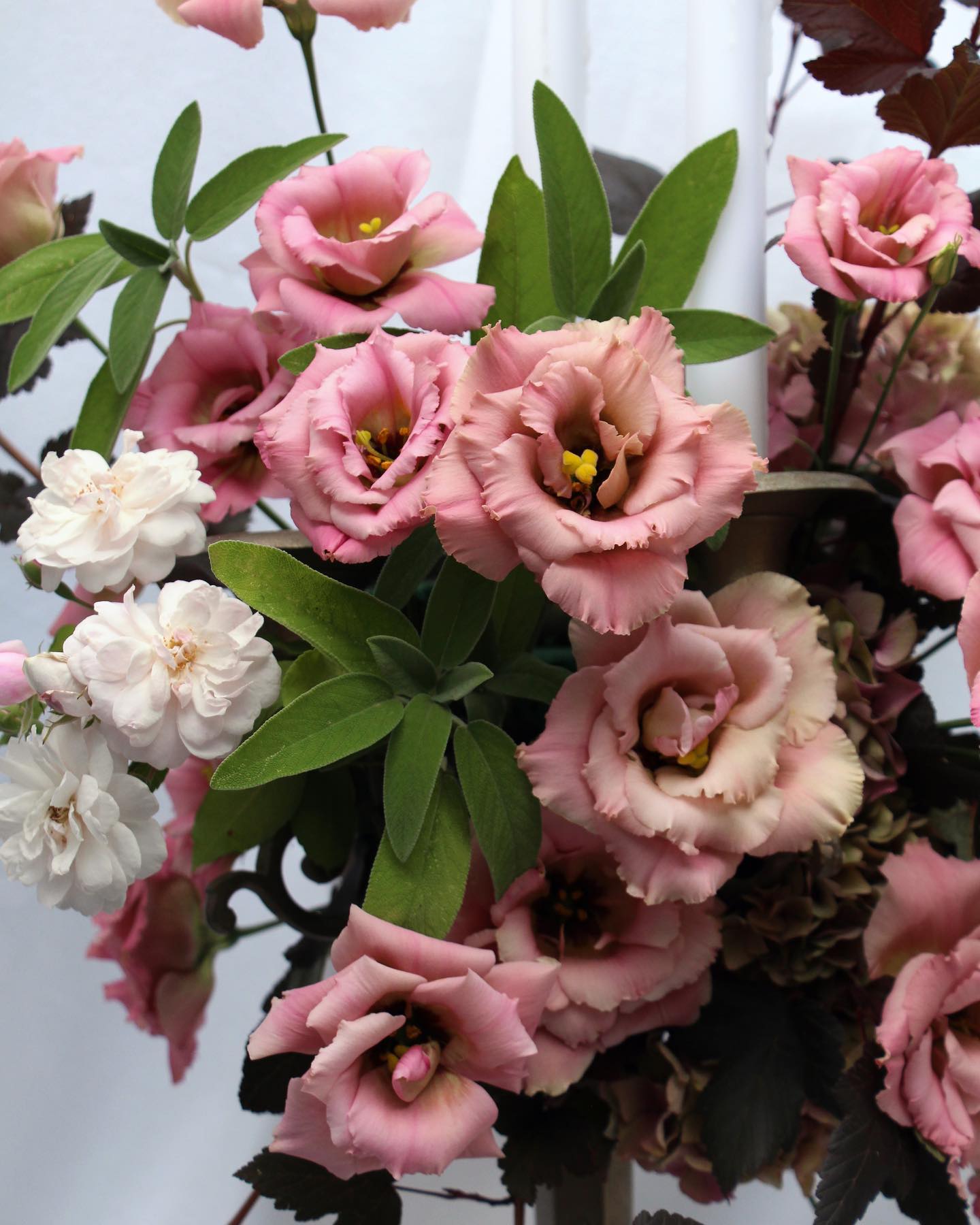
Lisianthus Antica. Image by Montana Lisianthus.
Lisianthus flowers are highly sought after for bridal bouquets and special occasion arrangements. They are available all year round in a beautiful range of colors, including white, pink, purple, and cream. You can also find rarer shades like yellow, apricot, rose, or red. There are even bi-color varieties that combine white with another color. The plant has dark green, lance-shaped leaves with a slightly fleshy texture.
If you want to add a touch of sophistication to your home or event, incorporating Lisianthus flowers into your arrangements is a great idea. They have a long vase life and a low fragrance, making them perfect for display in living spaces, dining rooms, and bedrooms.
White Lisianthus flowers create a soft and romantic ambiance with their delicate petals. They can be combined with other flowers like roses, hydrangeas, and lilies to create stunning arrangements that will catch the eye.
White Lisianthus flowers are particularly popular in the world of wedding florals, and for good reason. The delicate and ruffled petals of these blooms evoke feelings of purity, innocence, and romance, making them the perfect choice for creating an enchanting and elegant atmosphere. In addition to their symbolic meaning, white Lisianthus flowers are incredibly versatile. They blend effortlessly with various color schemes and complement a wide variety of other blooms.

This exquisite piece of art was flawlessly crafted by the exceptionally skilled individuals at @wyldeflowers, and it was wonderfully immortalized through the lens of the talented photographer @daniellehutchinsonphotography.

In addition, the enduring nature of these flowers guarantees that they will remain fresh and stunning throughout the entire wedding celebration, without wilting or losing their allure. As a cost-effective substitute for traditional wedding favorites like roses and peonies, white Lisianthus provides couples with the opportunity to create breathtaking and unforgettable arrangements without breaking the bank. Ultimately, the timeless beauty, versatility, and lasting appeal of white Lisianthus make them an essential choice for wedding flowers that will leave a lasting impression on both the couple and their guests.
Lisianthus, also known as prairie gentians, Texas Bluebells, and Tulip Gentians, originates from the prairies and fields stretching from northern Mexico to Colorado and Nebraska. Although they are often grown as annuals, these delightful and enchanting flowers are categorized as tender perennials or biennials. Growing to a height of one to three feet, they showcase large bell-shaped flowers in shades of purple and white. The flaring lobes of these blossoms elegantly bloom on one or more upright stems, creating a captivating spectacle. While Lisianthus flowers can be a bit challenging to cultivate and care for, the reward of having beautiful, long-lasting cut flowers makes the effort worthwhile.
Naturally blooming in the summer and fall, Lisianthus flowers last for approximately two weeks when cut. Depending on the climate, these blooms may begin to appear in June or July and continue to grace gardens until September or October. To encourage more blossoms, it is recommended to remove the dead flowers. With their striking resemblance to roses and extended vase life, Lisianthus flowers have become a beloved favorite.
When grown from seeds, Lisianthus as an annual garden flower tends to have a slow growth rate, taking five to six months to reach flowering maturity. Most gardeners opt to plant Lisianthus from commercially grown nursery plants that were started from seeds in greenhouses the previous autumn. This approach ensures that by spring, these captivating flowers with their fluttery, layered blooms will be ready to transform gardens into havens of beauty and elegance.
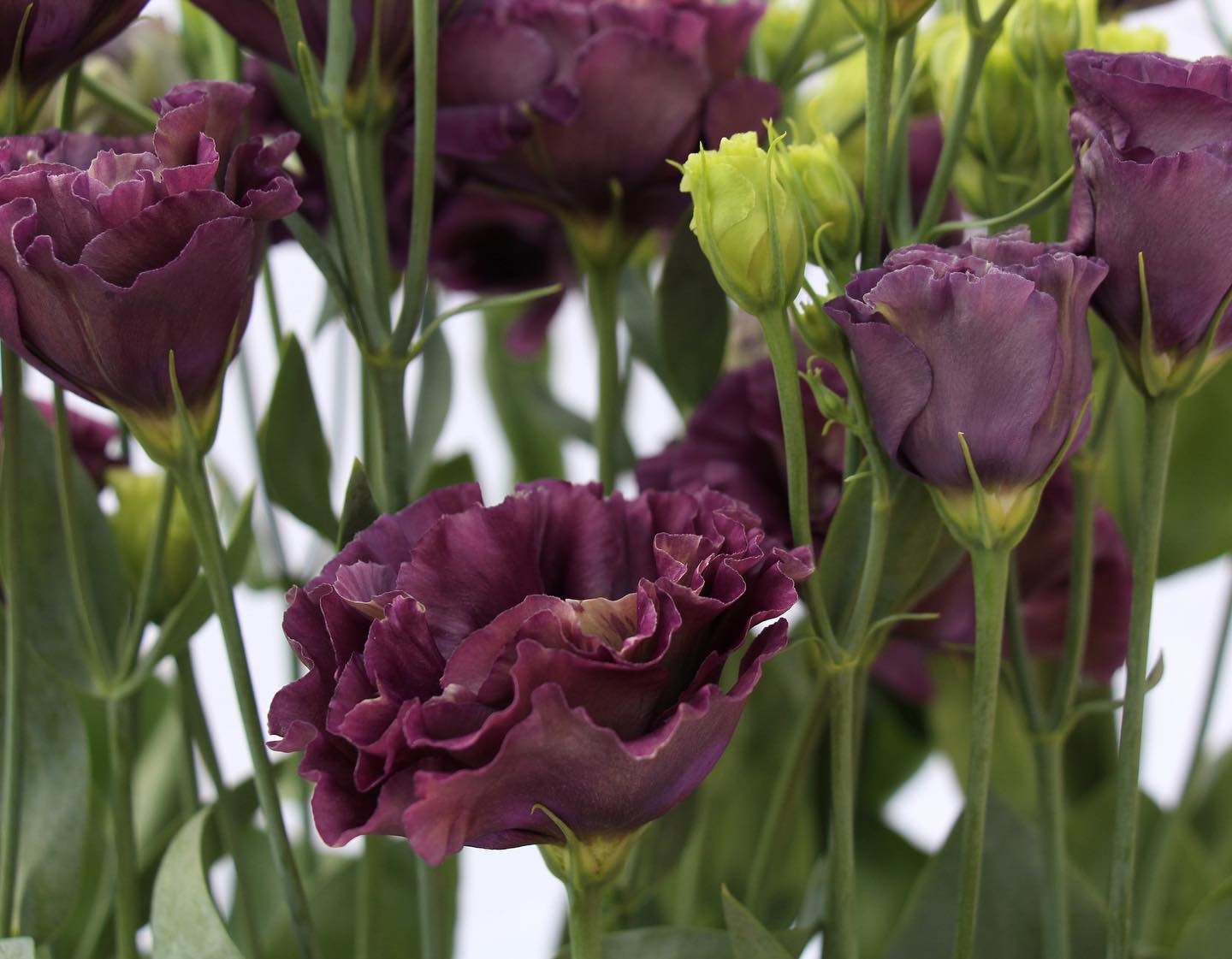
Taking care of Lisianthus flowers as a cut flower is essential to make them last longer. These beautiful flowers have an impressive vase life that can span up to two weeks if proper care is given. To ensure their longevity, here are some easy tips to follow:
Firstly, when you receive a bouquet of Lisianthus flowers, it’s important to trim the stems at a 45-degree angle. This angle helps the flowers absorb water more efficiently, keeping them hydrated and fresh for a longer time.
Next, remove any leaves that would be submerged in water. These leaves can foster bacterial growth, which can reduce the vase life of the Lisianthus flowers. By removing them, you create a cleaner and healthier environment for your blooms.
To further extend the life of your Lisianthus flowers, it is recommended to change the water in the vase every two to three days. This will prevent any build-up of bacteria and keep the water fresh. If you have access to floral preservatives, adding them to the water can provide additional nutrients and support for your flowers.
Another important tip is to keep the flowers away from direct sunlight, drafts, and heat sources. These factors can cause the flowers to wilt prematurely and shorten their lifespan. Find a cool and shaded spot in your home to display your Lisianthus blooms and enjoy their captivating beauty.
Taking good care of your Lisianthus flowers will ensure their longevity, allowing you to enjoy their enchanting charm for an extended period. With their vibrant colors and delicate petals, Lisianthus flowers can brighten up any space and bring joy to those who encounter them.
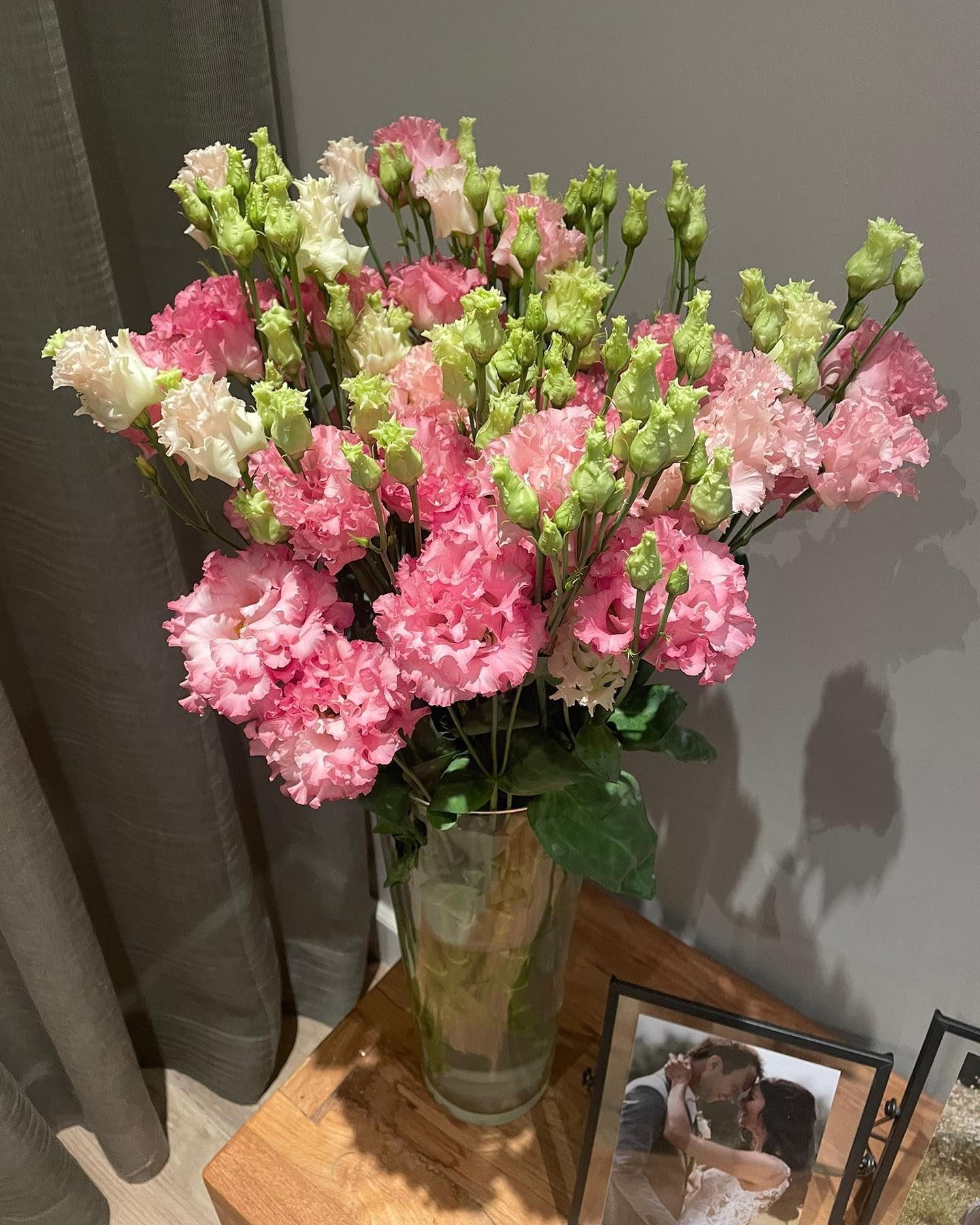
Growing Lisianthus in Your Garden: Essential Tips for Plant Care
If you’re interested in adding Lisianthus plants to your garden, it’s important to understand their specific requirements. Lisianthus thrives in well-drained soil with a pH level ranging from 6.0 to 6.5. Additionally, these flowers need a minimum of six hours of direct sunlight daily. To ensure successful growth, follow these essential care guidelines:
1. Optimal Planting Location: Choose an area with good air circulation to minimize the risk of diseases. This will provide your Lisianthus plants with the fresh air they need to stay healthy.
2. Adequate Watering: Regular watering is crucial for Lisianthus plants, but be careful not to overwater them. The soil should be consistently moist, but not waterlogged. Finding the right balance is key to ensuring their growth and preventing root rot.
3. Proper Nutrition: Lisianthus plants benefit from a balanced, slow-release fertilizer. Apply this type of fertilizer every four to six weeks during the growing season. It will help provide the necessary nutrients for healthy and vibrant blooms.
4. Providing Support: Some Lisianthus varieties can grow tall, so it’s important to stake them for support. This will help prevent them from bending or breaking under their own weight. Staking should be done early on to ensure proper development.
5. Vigilant Pest and Disease Monitoring: Regularly inspect your Lisianthus plants for any signs of pests or diseases. In case any are found, take prompt action to treat them. By keeping a watchful eye, you can maintain a healthy garden and prevent potential damage.
By giving your Lisianthus plants the proper care and attention, you’ll be rewarded with a breathtaking display of elegant blooms that will brighten up your garden throughout the summer season.
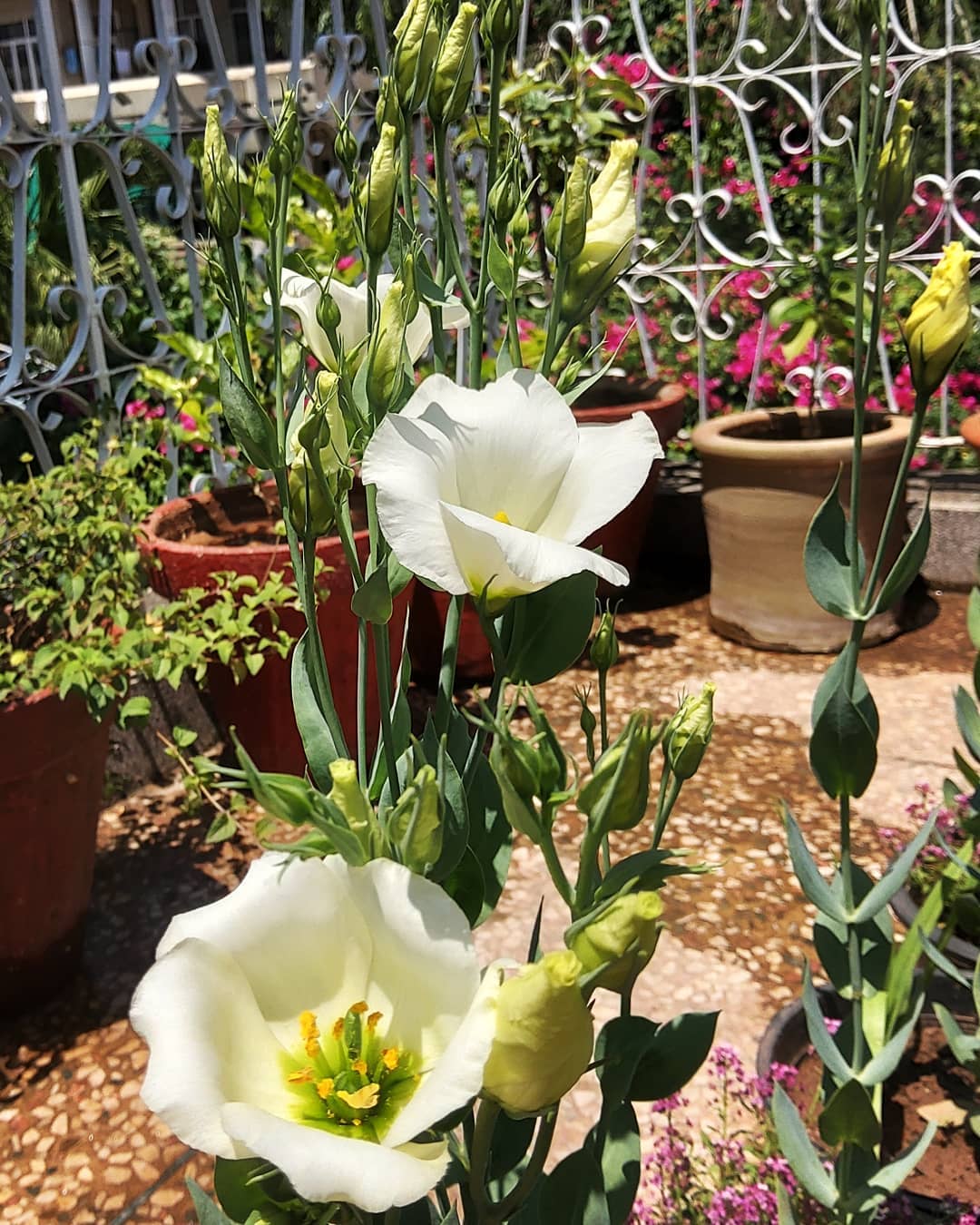
Have you ever thought about growing your own Lisianthus flowers? It can be a rewarding and cost-effective option. Starting from Lisianthus seeds is a great way to start. Just keep in mind that Lisianthus seeds are quite small and can be a bit tricky to handle. But don’t worry, with a little patience and attention to detail, you can successfully grow them. Here are some steps to get you started:
To begin, sow your Lisianthus seeds indoors about 10 to 12 weeks before the last expected frost date. This will give the plants enough time to establish themselves before being transplanted outside.
Make sure to use a high-quality seed-starting mix and spread the seeds on the surface of the soil. Lisianthus seeds need light to germinate, so there’s no need to cover them. Just gently press them into the soil.
Keep the soil consistently moist and maintain a temperature of about 70-75°F (21-24°C) for optimal germination. Usually, it takes around two to three weeks for the seeds to germinate.
Once the seedlings have emerged and developed a few sets of true leaves, it’s time to transplant them into individual pots. This will allow them to continue growing and developing.
Before you finally transplant your Lisianthus seedlings into the garden, make sure to harden them off. This means gradually exposing them to outdoor conditions for a week or two. This will prepare them for the change in environment.
So, if you’re up for the challenge, give growing Lisianthus from seeds a try. With a bit of care and attention, you’ll be rewarded with beautiful flowers to enjoy.
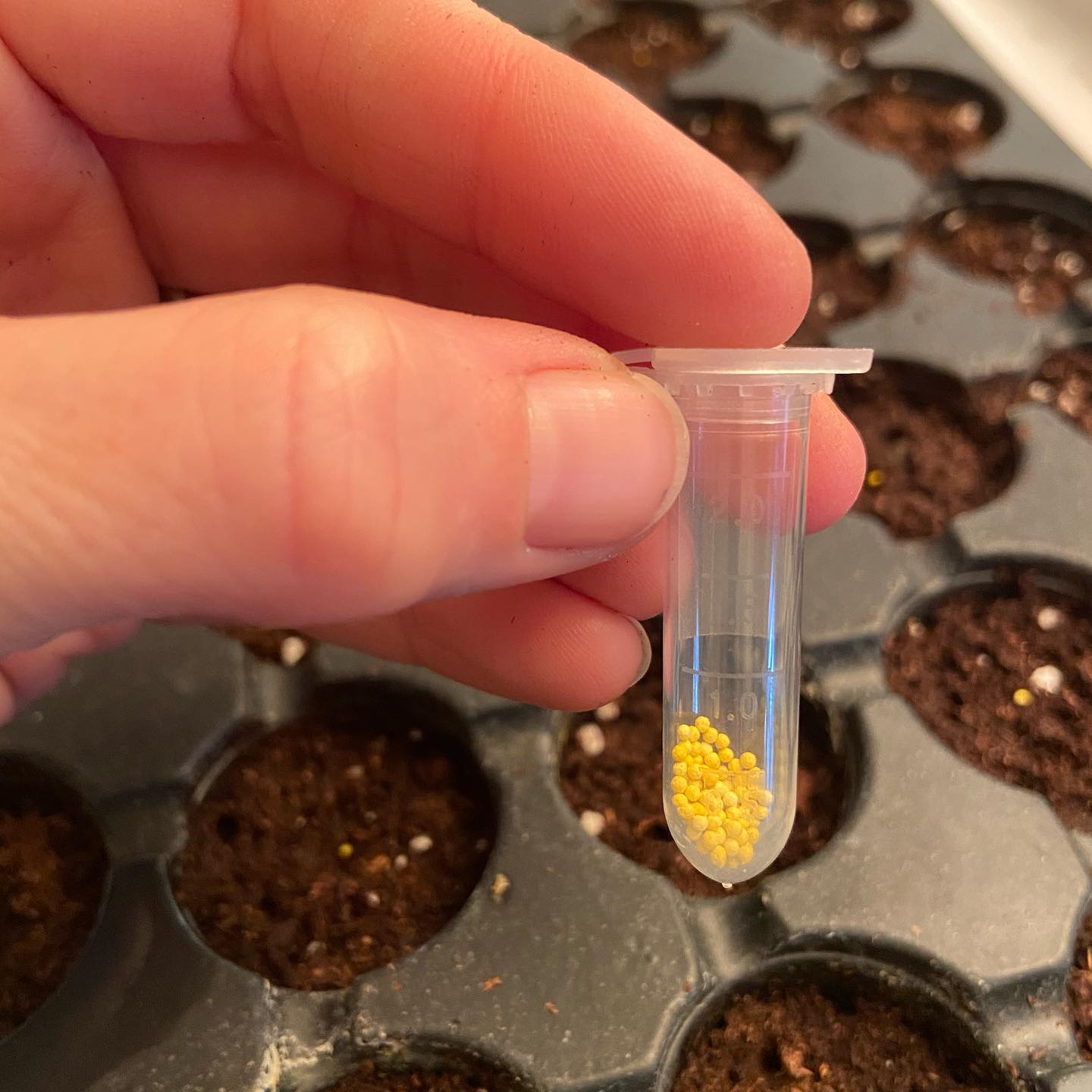
Photo credit: @emilysbackyardblooms
By giving Lisianthus seeds the care and attention they need, you can witness the transformation into breathtaking plants that bring a sense of elegance and sophistication to any garden or flower arrangement.
In summary, the exquisite and adaptable Lisianthus flower is a precious asset to any indoor space, garden, or floral display. By familiarizing yourself with the specific care guidelines for both cut flowers and plants, and mastering the art of growing them from seed, you can indulge in the timeless beauty and enchantment of Lisianthus flowers for many years ahead.